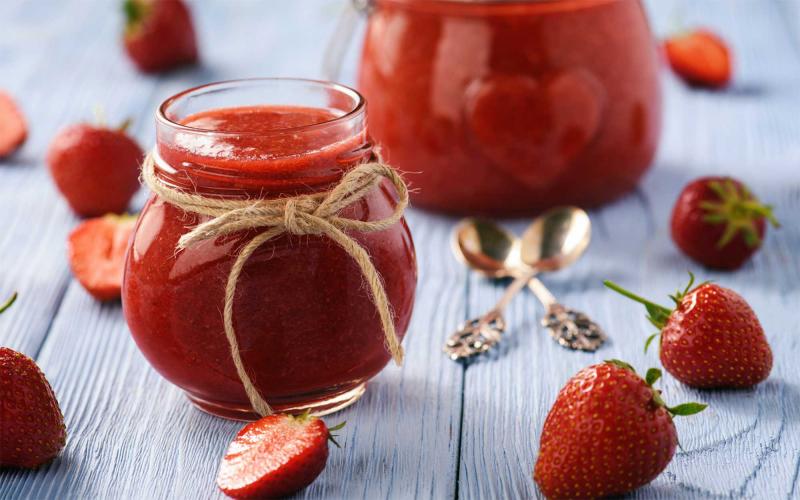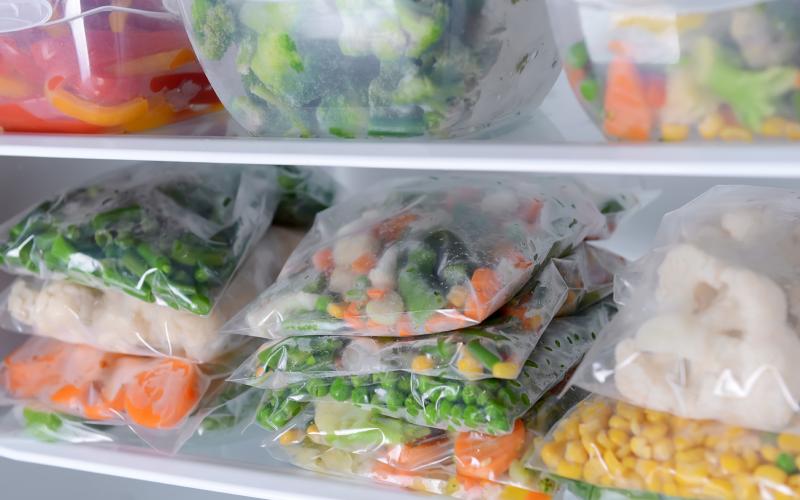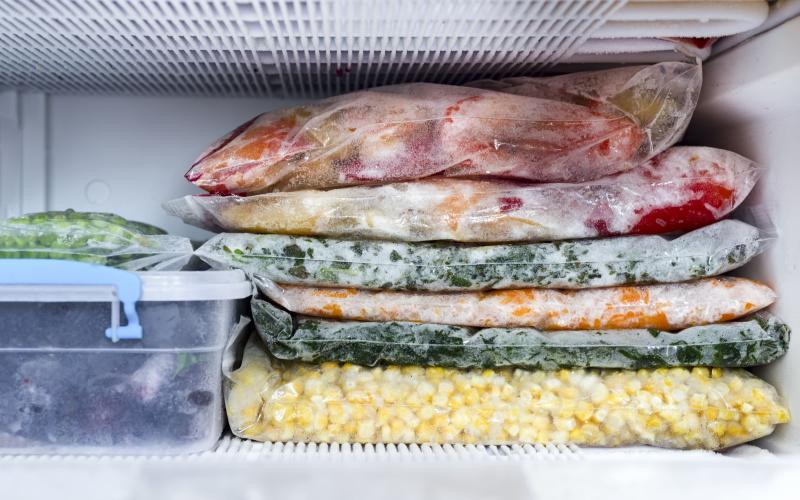Written by Abigail Lambert under the direction and review of Megan Erickson, former SDSU Extension Nutrition Field Specialist.
About Freezing Food
Freezing is one of the easiest forms of preserving food. It reduces food waste, saves money and allows you to have quick quality produce on hand at all times. The cold, dry temperature of the freezer slows down the spoiling process by inactivating enzymes that cause a change in color, flavor and loss of nutrients in food. This allows the food to maintain a high quality for many months past its expiration date.
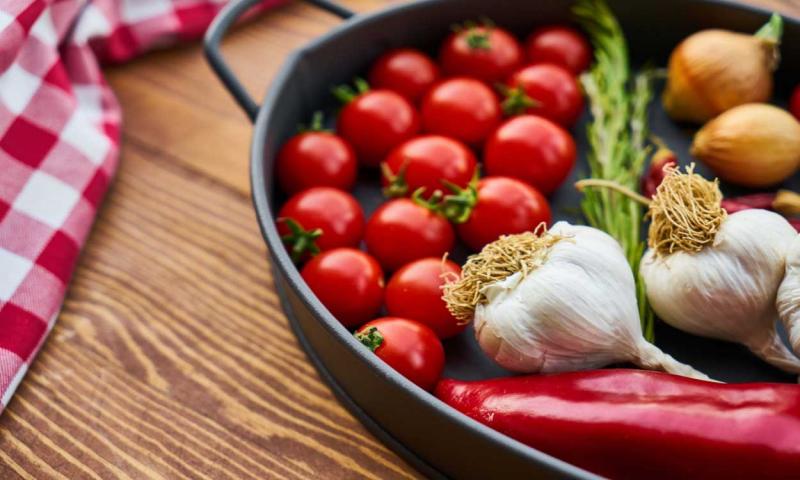
Before Freezing Foods
Pick the highest quality produce for best results when freezing. Before freezing, wash and dry produce thoroughly. Prepare the produce for freezing according to the recipe. Some recipes may require cutting off ends, peeling or chopping up produce.
- Vegetables: Vegetables should be blanched before they are frozen. This destroys any microorganisms, stops enzyme activity, removes air and shrinks the product. Learn how to appropriately blanch vegetables by viewing our Preserve it! resources, or the National Center for Home Food Preservation.
- Fresh Fruit: Lemon juice or ascorbic acid may need to be added to fruits to prevent browning.
- Products Containing Fat: Products containing fat can become rancid when frozen. Make sure to wrap these products tightly to remove air.
Storing & Using Your Food
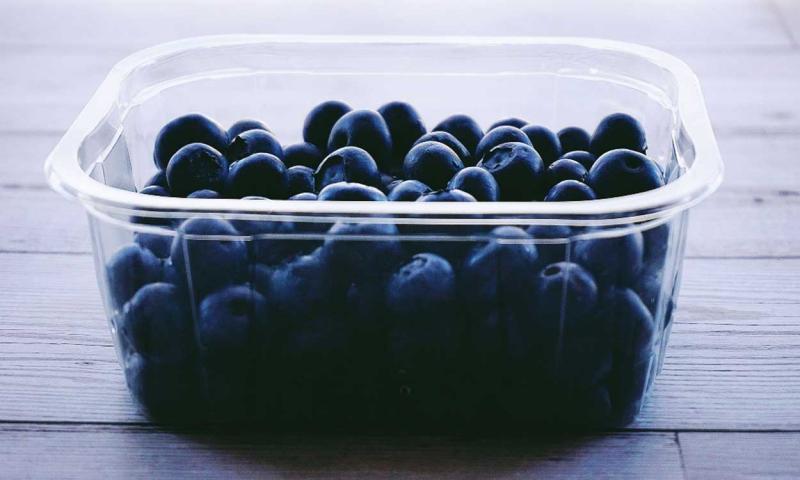
Containers
Using an appropriate container is critical to keep frozen food fresh. Smaller quantities of food freeze quicker and stay fresher than foods stored in larger quantities. Food should not be frozen in quantities larger than a half-gallon.
Two types of packaging can be used for freezing: rigid containers and flexible bags or wrappings.
- Rigid containers can be made of plastic or glass and have straight sides to make it easy to get out food. Foods with liquids are often frozen in this type of container.
- Flexible bags or wrappings, such as freezer bags or heavy-weight aluminum foil, are used for food with little to no liquid.
Regardless of the type of container you choose to use, it should be leak-proof, easy to seal, resistant to cracking at low temperatures, moisture vapor resistant and easy to label. Also, remember to leave about ½ inch head space to allow for food expansion.
Packing Options for Fruits and Vegetables
Frozen foods can also be stored using a dry or tray pack. This method is typically used for small fruits, such as berries, or vegetables. A single layer of produce is placed on a shallow tray, and then frozen. Once the produce is completely frozen, its immediately packed into a proper container and returned to the freezer. This prevents food from sticking together in large clumps and freezer burn. When using this method, sugar or syrup is not added.
To learn more about safe freezing practices, watch our video on How to Freeze Produce!
Texture Changes
Even with proper storage, food texture may be different when food is thawed. Ice crystals that form during freezing can break cell walls resulting in a softer texture when the produce is thawed. Freezer burn, an irreversible condition that occurs when frozen food becomes damaged by dehydration and oxidation, can alter the product’s texture and taste. To prevent texture changes, freeze produce as quickly as possible, keep cold, and do not overload the freezer.
How long can Frozen Food be Stored?
| Food |
|
|---|---|
| Fruits & Vegetable |
|
| Poultry |
|
| Fish |
|
| Ground meat |
|
| Cured or processed meat |
|
Tip: Label packages with the name of food and date to ensure storage times are met safely.
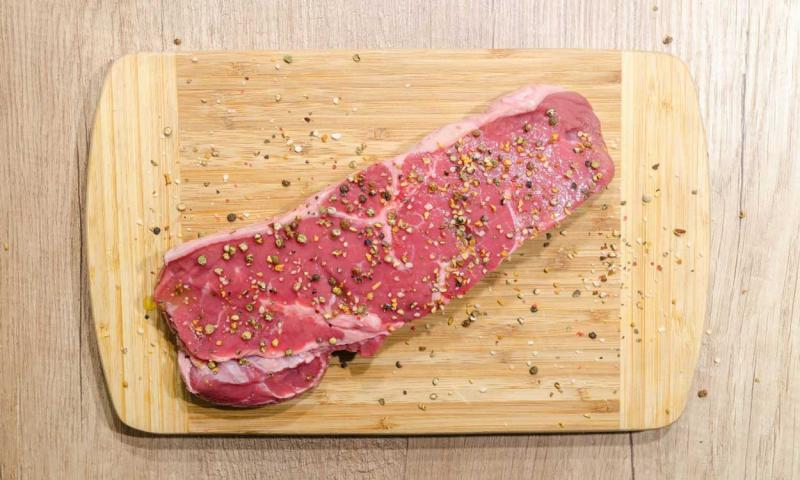
Safe Thawing Practices
When it comes time to thaw frozen food there are several methods you can use: in the refrigerator, microwave, under cold water or as part of the cooking process.
- Refrigerator: Thawing food in a refrigerator is the safest method and results in the best food quality. Also, food thawed in the refrigerator can be refrozen safety.
- Microwave: Using the defrost settings on a microwave is a way to speed up the thawing process. Learn what defrosting settings your microwave has and use the appropriate setting for the food you are defrosting.
- Under Cold Water: Another way to speed up thawing includes placing food in a leak-proof plastic bag under cold water. Water should be changed every 30 minutes.
- Cooking: Frozen food can be safely added during the cooking process without thawing. Remember it will take at least 50 percent longer to cook food this way.
